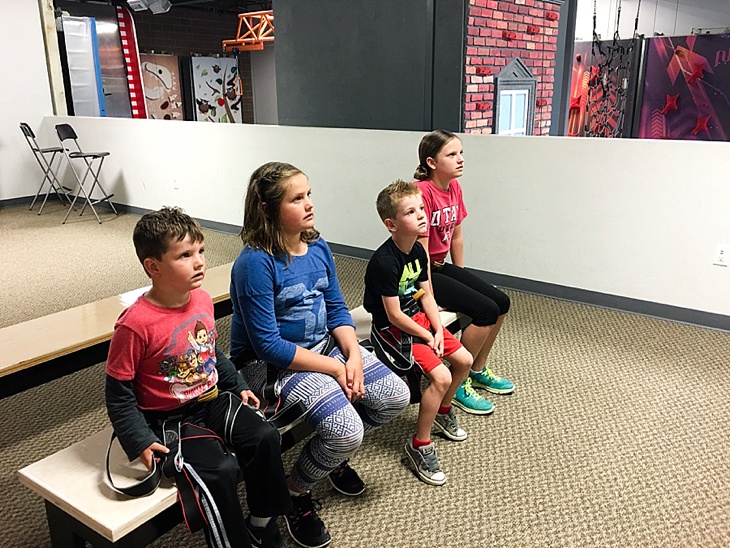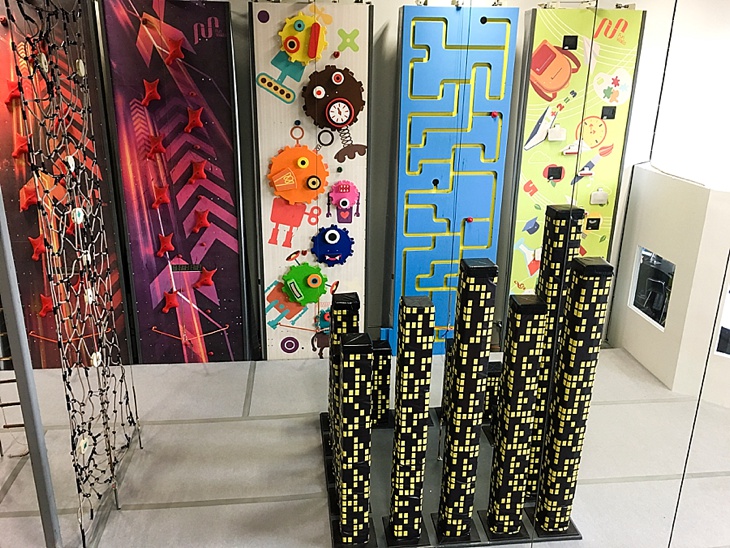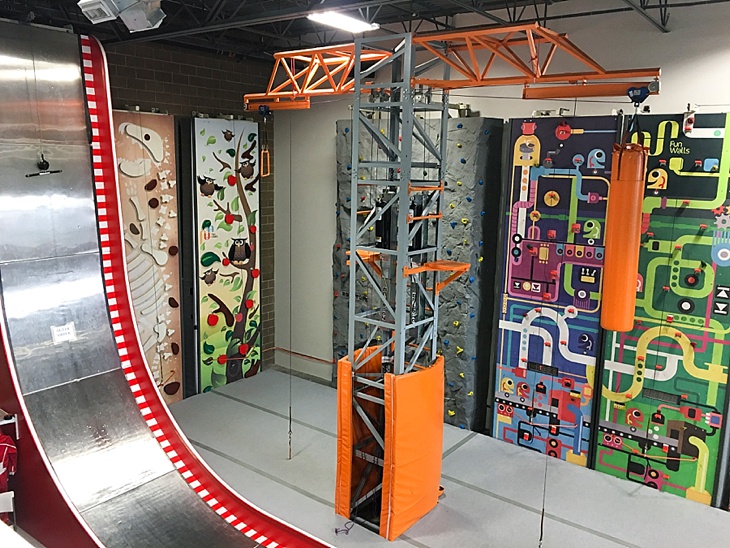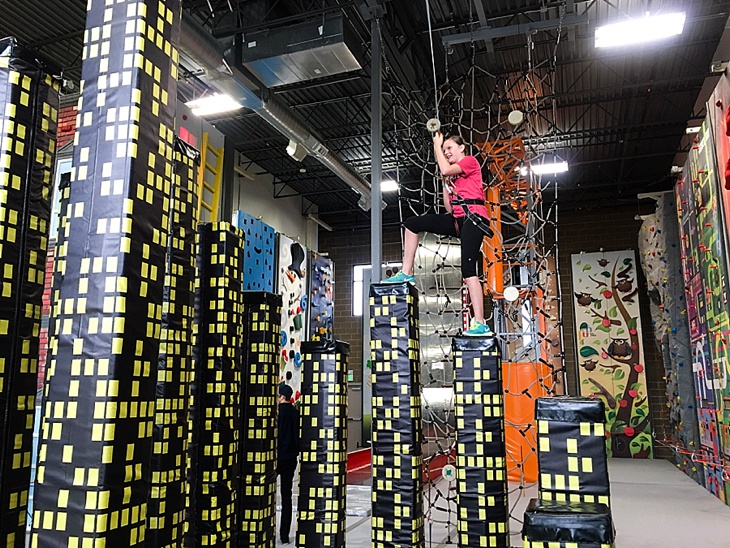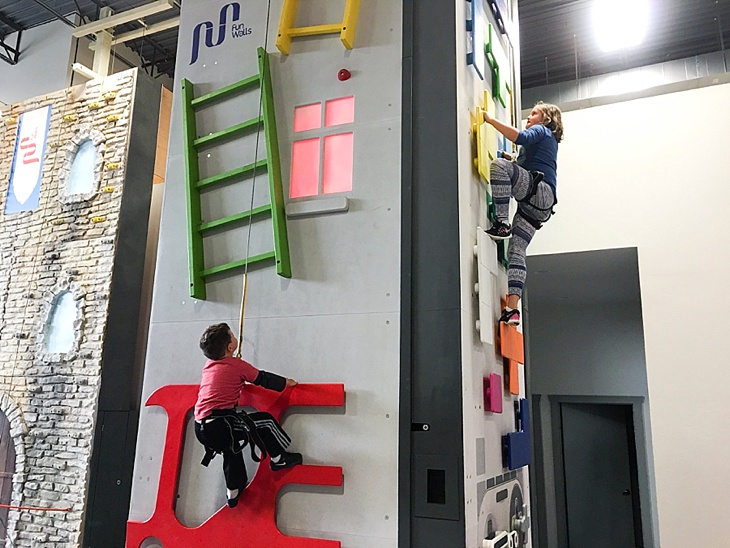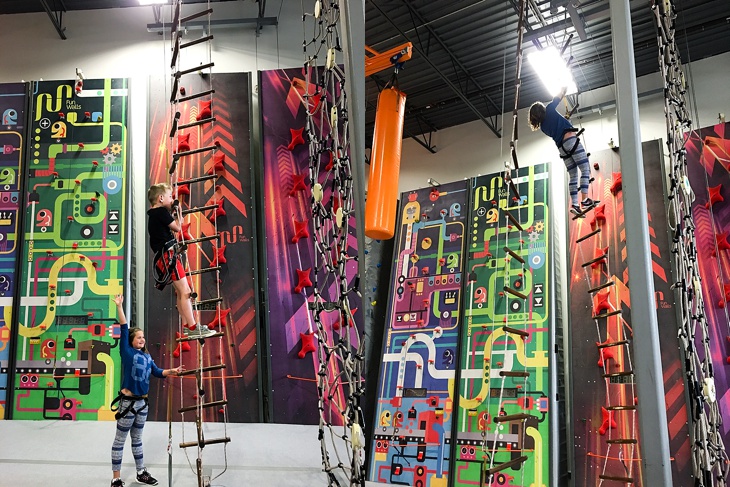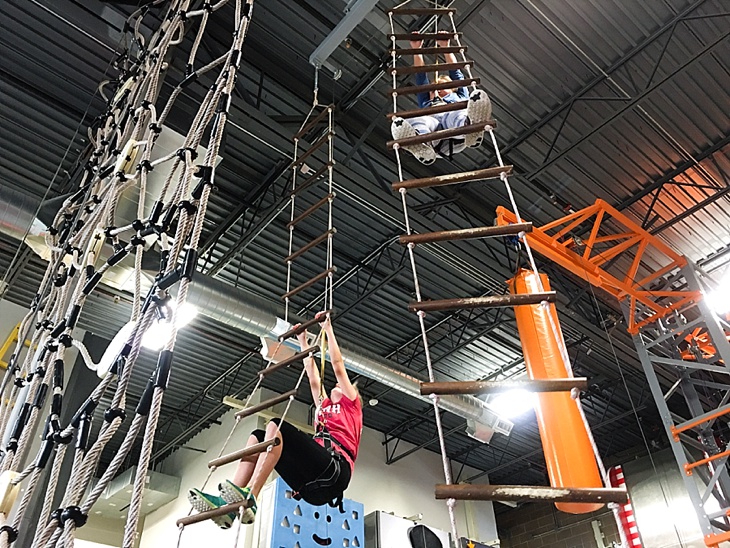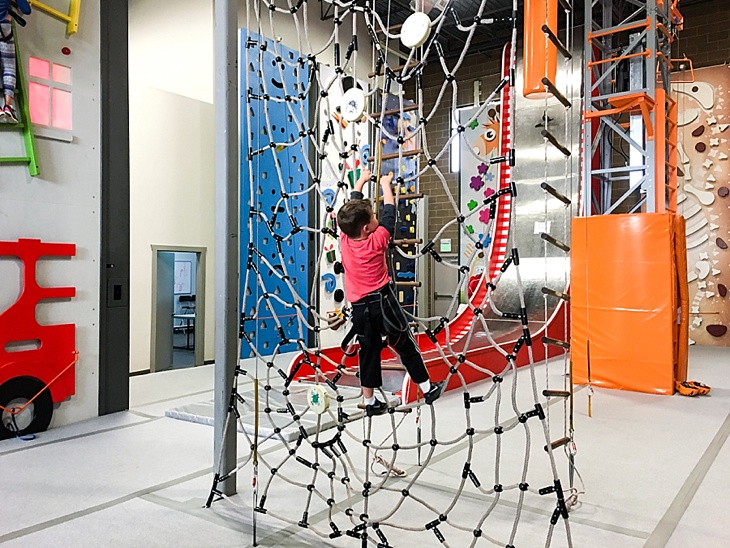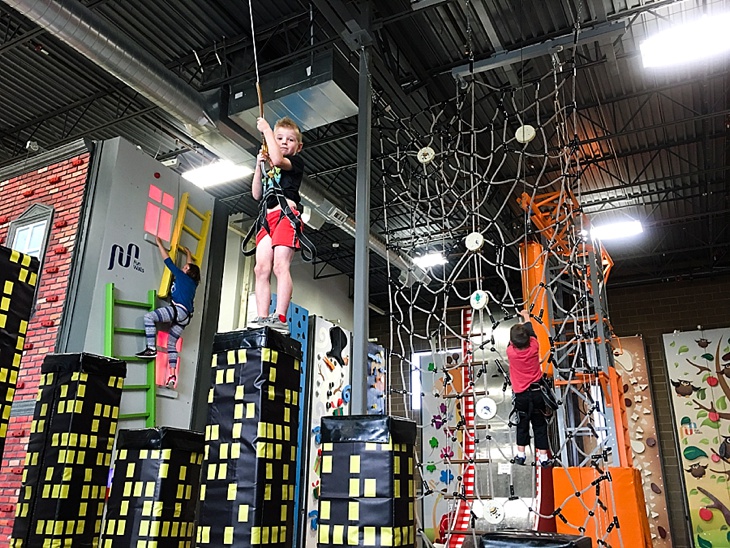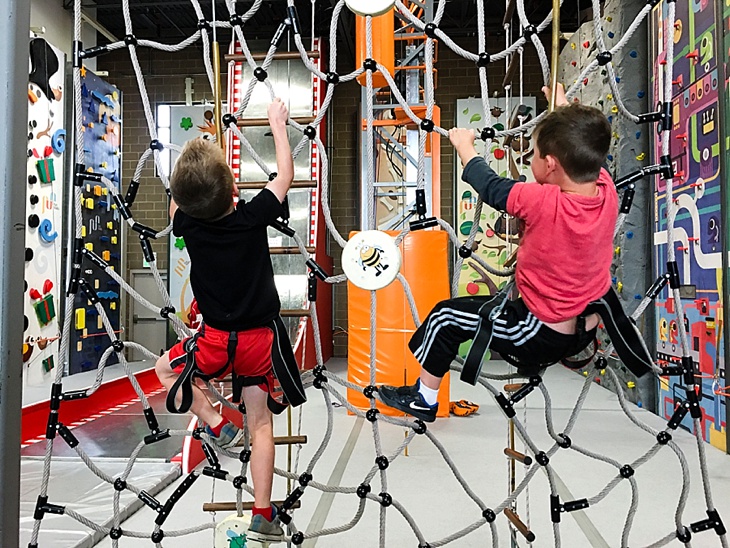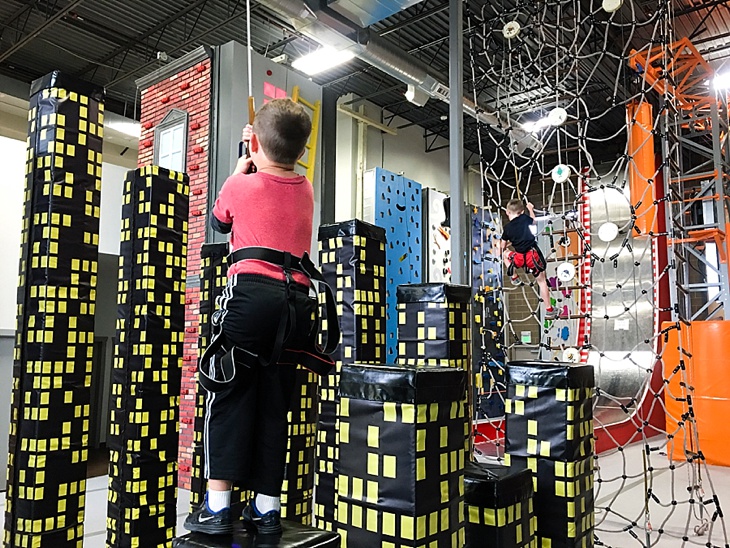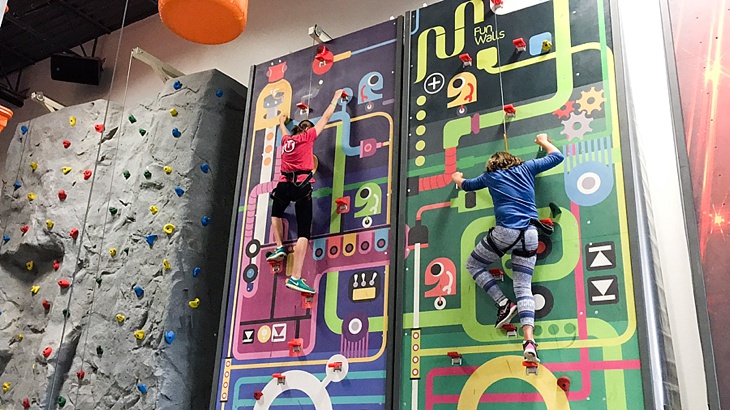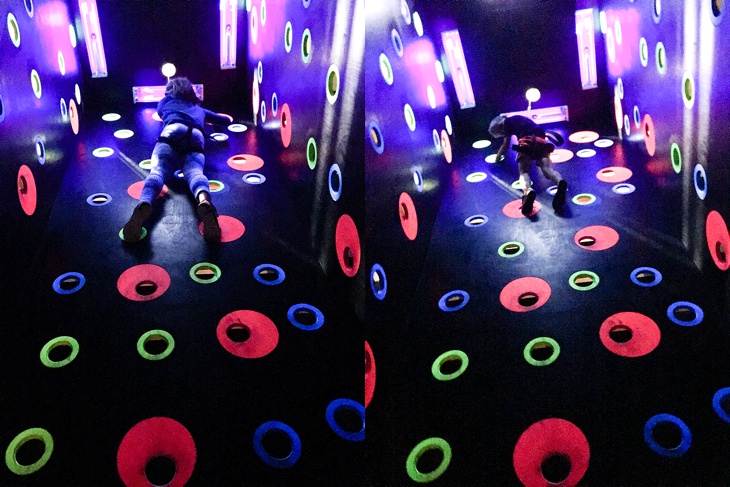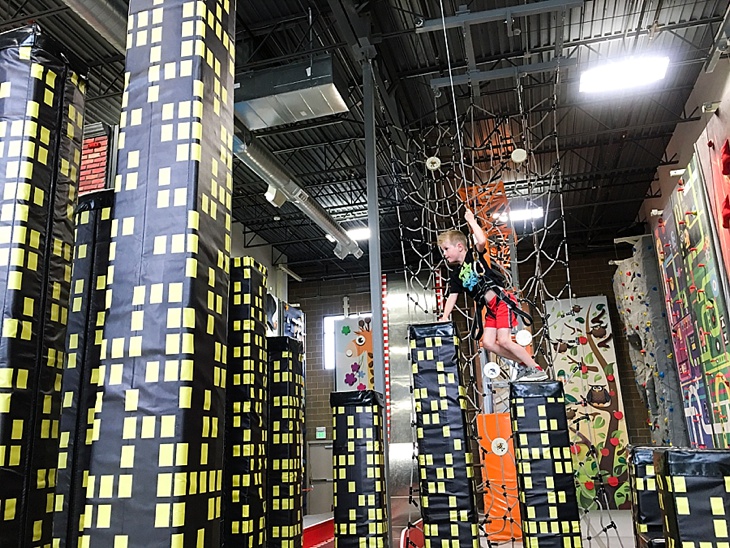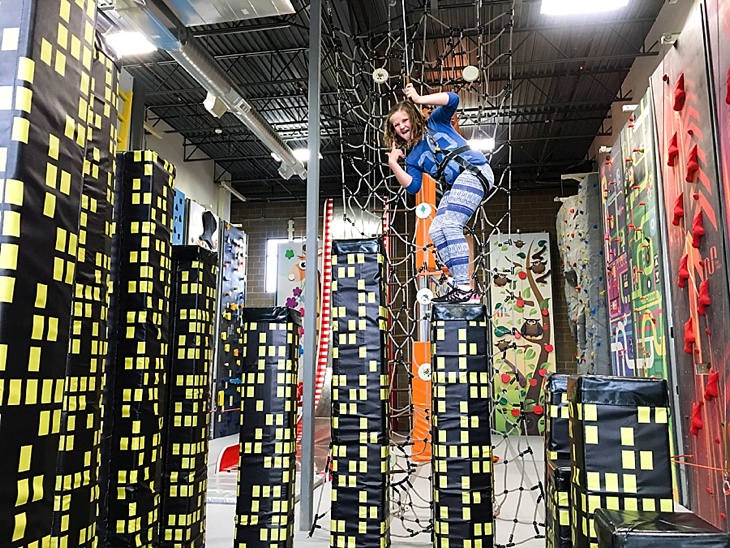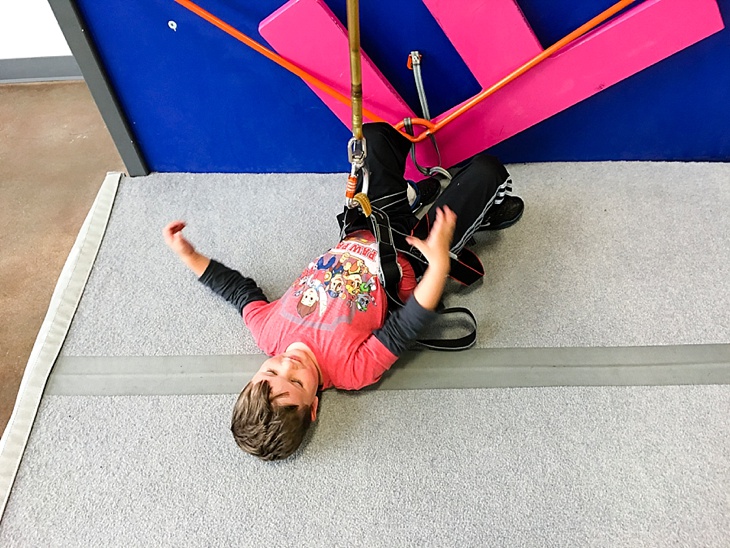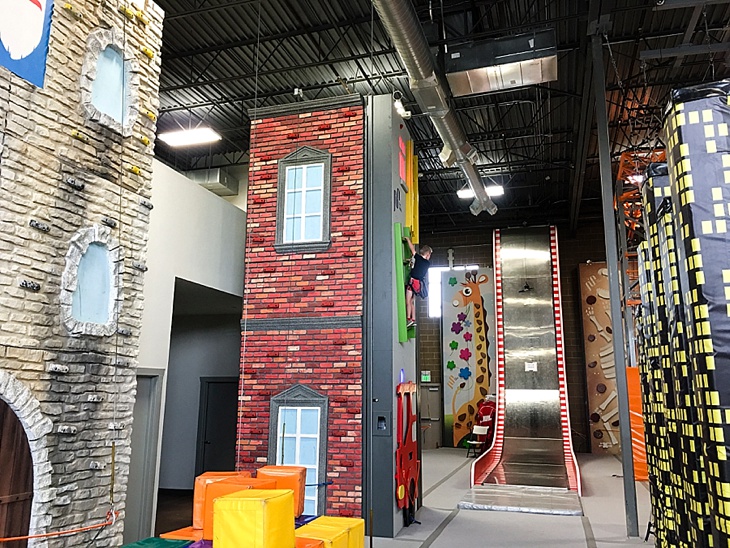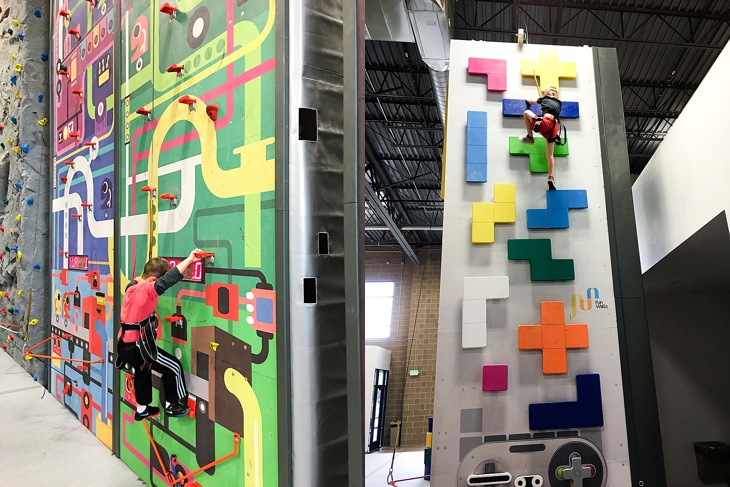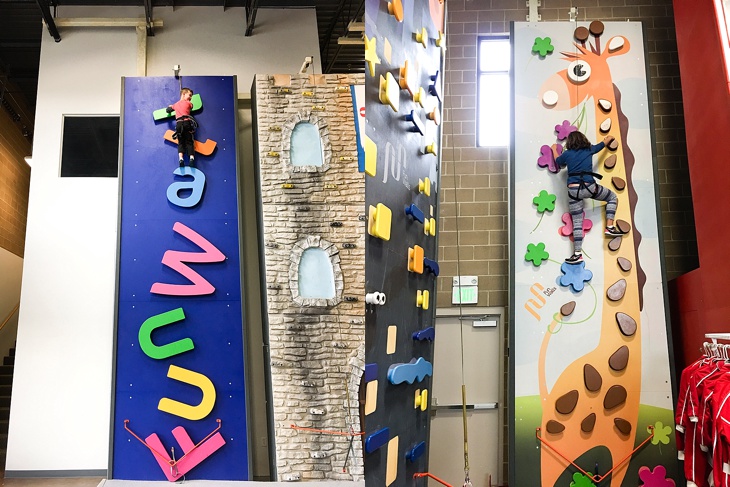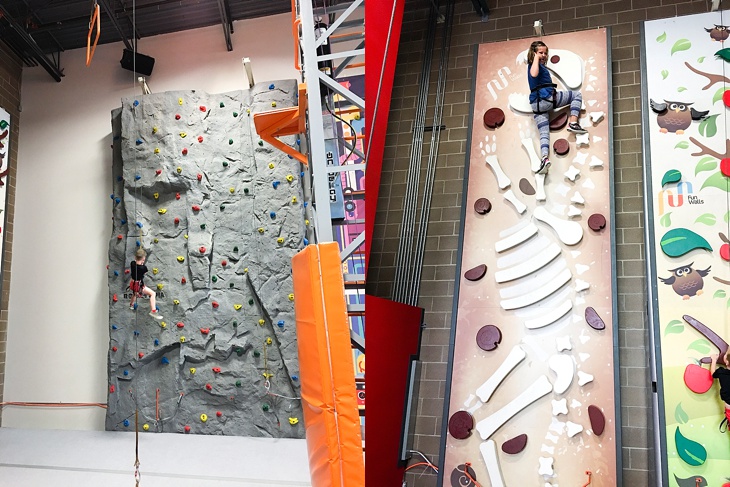Recently I surveyed some of my readers and e-mail subscribers and asked “What emotion do you first feel/think of when talking about the photos you have?”
Over 75% of the responses were one of the following: overwhelmed, guilt, stressed, frustration, anxiety, discouraged, regretful, or fearful. Less than 25% had a positive emotion when first thinking of their photos.
My guess is if you had a house fire, a flood, or had to hurry and save ONE thing from your home, 99% of us would run to save our photos (no idea what that other 1% would grab but they probably have hearts of stone–I kid–sort of).
Photos are unarguably one of our most prized possessions. One thing we cherish more than just about anything else. And yet, when asked what emotion people feel, the answers are largely negative.
Why?
Well, I would say it’s because we’re managing our photos wrong. Because if we’re doing it right, our photos shouldn’t cause us to be overwhelmed, anxious, regretful, fearful or any other negative emotion.
Here are 7 mistakes I see people make when managing their photos AND how to FIX those mistakes.
MISTAKE NUMBER ONE. Feeling overwhelmed/guilty (or any other negative emotion).
Look. I get it. Our generation is taking more photos than any other generation in the history of the world (granted, cameras haven’t been around that long, but still, stick with me here). So. many. photos. Thousands upon thousands upon thousands of photos. And we keep taking more so the so-called problem just keeps getting bigger and bigger (and bigger). I’m a professional photographer. I know what having boat loads of digital photographs look like. I have well over 100,000 personal photos just from the past 10 years.
My goal is to help people take small steps to manage their photos better so we can take away the overwhelm and guilt. Because we have enough overwhelm and guilt as it is. Our photos shouldn’t add to that. They should make us feel joy.
We’re taking photos. And that right there is a step ahead of generations before us. We have the tools to photograph the stories of our lives and we’re doing that. So let’s cut ourselves a little slack. I don’t have a baby book full of photos. I don’t have a bunch of albums documenting the stories of my life when I was younger and I’m just fine. Would I love to have those–of course. My point is that sometimes we’re a little too hard on ourselves about things like these.
Keep taking photos and enjoy the process. Remember why you’re taking them in the first place. Cut yourself a little slack and try to get rid of the guilt. And then do your best to take small steps to get a better handle on your photo managing process. Because you CAN. There are ways to manage the photos and create systems so we can enjoy the photos we’re taking.

MISTAKE NUMBER TWO. Photos are on multiple computers/devices.
Managing photos on one device can be hard enough. Having photos spread out over multiple computers, and on multiple devices (phone, iPads, tablets) can be a downright nightmare.
Get all your photos on ONE computer. Just one place to manage all the photos. If you don’t have room on your computer for all of the photos (I certainly don’t) put some of the photos on an external hard drive that you can connect to the main photo managing computer. I keep the few most recent years on my computer, the rest are on an external hard drive (in my case, multiple external hard drives) that stays connected to that computer (for backing up reasons which we’ll discuss in a minute).
Load all the photos from your phone, tablets, and SD cards (oh sweet mercy don’t leave photos on SD cards without putting them on your computer) onto that photo managing computer as well. Set a reminder in your phone to do this at a set time each week. Just plug your phone (and SD cards) into the computer and get them on there. That way when you run out of space on your phone (pretty much a daily occurrence for most people), you know the photos are already safe on your computer so you can delete them from your phone.
MISTAKE NUMBER THREE. Photos aren’t backed up.
On the same survey I mentioned before, I also asked my readers (who are on my e-mail list) if they had a solid system for backing up their photos so they KNOW they are safe. Nearly 60% said “NO”. And another 30% didn’t have a fail-proof system in place. When I saw those results a small piece of me died inside. You guys. YOU NEED TO BE BACKING UP YOUR PHOTOS. It’s not IF your hard-drive will crash. It’s WHEN your hard-drive WILL crash. Trust me on this one. It will crash. If it hasn’t yet, consider yourself super lucky.
Let me tell you a little story about the Ross family hard-drive crash of 2015. It has 2 parts. Because two things crashed. Lame.
We found an external hard-drive in the bottom of a drawer. I had no idea what exactly was on it. I plugged it in and…..nothing. Just a weird clicking sound and no matter what computer I plugged it into, it wouldn’t pull anything up. So I called my ever reliable computer guy for help. “Hellllp me”. He took the hard-drive and quickly realized it was something beyond what he could fix. He sent it off to a lab where people wear special white coats and gloves (or someone’s basement–who really knows) to see what they said.
At first, they said they couldn’t recover anything. He pushed and asked them to find a way. They came back and said they could recover about 55,000 jpegs (solid work Kevin). I still had no idea what was on there and wouldn’t know unless I told them to go ahead with the recovery. Talk about a gamble. There was no guarantee and I still didn’t really know what they’d find. But I was too scared NOT to recover the photos.
The kicker–it was going to be $1200 to do it. I don’t know about you, but that’s a LOT of money for our family. But I had an idea that the photos on there were the first 4 or 5 years of our little family’s life (my photos weren’t organized or sorted at this point so I wasn’t totally sure). If I was right, that was our first years of marriage, our first home, the birth of our first two kids and the first few years of their lives. Pretty important photos if you ask me.
We went ahead with the recovery. And sure enough, there were over 50,000 photos on there of a lot of really important years in our family story. I don’t really know if they recovered everything. Hard to tell if I didn’t know what was on there in the first place. But they recovered enough. I wasn’t regretful about spending the $1200 to recover the photos. I was regretful I hadn’t taken the right steps in the first place so I wouldn’t have to pay for that type of recovery in the first place.
(one of over 50,000 photos we would have lost had we not paid a boat-load to recover them)
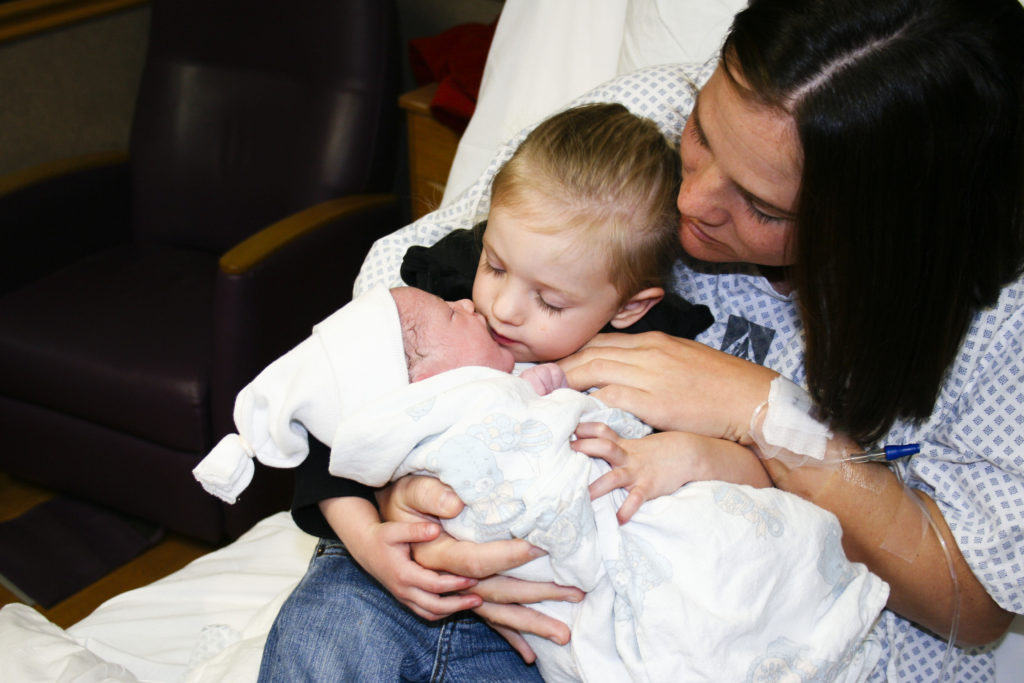
Fast forward 6 months when my main computer hard-drive unexpectedly quit one day. It would turn on for about 30 seconds and then crash and give me all sorts of weird, discouraging messages. Long story short, this hard-drive was dead too and because of the way it happened, they weren’t going to be able to recover a lot of what was on there. Thankfully at this point, I’d learned my lesson. I knew what photos were on there AND I had all those photos backed up. (There were a few things I wasn’t doing right that would have made the recovery a lot easier which I go into detail on in the Back Up your photos PDF download–more info below–but I still got all the photos back).
I recovered all my photos using my online backup service, Backblaze (my personal recommendation for online backup). Still a bit of work to get everything back, but when my hard-drive crashed, I wasn’t in the corner in the fetal position because I KNEW my photos were backed up (well, there was still a little bit of worry just in case I had done something wrong and they weren’t all backed up–glad to find out I didn’t and now I know for sure how to do it right).
The point. If you do nothing else, please, please, PLEASE back up your photos.
I put together a Back Up Your Photos PDF you can download (it’s totally free–I seriously just want you to get your photos safe) with a checklist to make sure you have your photos backed up in the best ways possible so if one things crashes, you still have a way to recover/access all your photos. It’s a simple checklist (nothing complicated) you can look at, follow, and feel better that your photos are safe even if you aren’t doing anything with them–yet.
Just enter your name and e-mail in the spaces below and I’ll send the checklist right over to you! (If you aren’t already on my e-mail list, you’ll just need to confirm your e-mail address before the PDF gets sent to you–check your spam if you can’t find it). Please please please (a million pleases) do this step. Get your photos backed up!!!!
MISTAKE NUMBER FOUR. Randomly taking photos without a clear vision of what stories we’re trying to capture.
We’re a snap happy generation. Taking soooooo many photos. And then the photos fill up our phones and our hard drives and just…..sit there. We have no vision for what we’ll do with them. No vision for what stories we’re actually trying to capture. No plan for how we’ll preserve them or share them. We’re just takin pictures to take pictures. Sure, we’re “capturing memories”. But are we really? Are we preserving the stories that matter most? The ones that make up our lives? The every day things?
Or do we just have a bunch of random photos of random events or holidays and nothing that really captures the stories of our family’s?
The best tip for photo taking: “Begin with the end in mind” (thank you Stephen Covey for this gem that applies to pretty much every aspect of life). WHY are you taking these photos in the first place. Who are they for? What are you trying to show/remember/preserve? What are you going to DO with the photos? What do you want your kids, grandkids, posterity, relatives to see? What do you want to be able to look back on in the future?
You probably don’t want to look through 50 albums of your grandparents or parents life. But you certainly want to look through some. What type of things would you want to see? What type of pictures would tell you what kind of person they were and what kind of life they lived? Picking the right photos to take and the right ones to preserve is a skill (it’s totally a skill) you acquire the more you do it.
Knowing WHY you’re taking the photos is the start. Knowing WHAT type of pictures to take is the next step.
If you want some guidance on the TYPE of photos you may want to consider taking, check out the Every Day Photos guide to help you capture the stories of your family. These are the type of photos I don’t want to delete or lose. The ones I intentionally take and preserve for generations to come.
MISTAKE NUMBER FIVE. Keeping every.single.photo you ever take.
Now that it’s so easy to take photos and nearly all of us literally have a camera in our pocket with us at all times, the photos are piling up. And one thing I hear over and over and over “I’m scared to delete any.” This, my friends, is a fear we need to get over.
The biggest tip I can give you on this topic: Delete as you go and be picky about the ones you keep! If you take a blurry photo or a photo you didn’t mean to take, or a burst of photos, pick the BEST one(s) and delete the rest. You don’t need 80 photos of your cat playing with a ball, or your kid licking the hose, or your son/daughter trying to hit a baseball, or a bunch of random selfies your 2 year old took. Pick the best one (the right one) and delete the others.
Keep the photos that: tell a story, show emotion, show who the person is, or the ones you emotionally connect with. The ones that really matter to you.
Keep the ones that fit into your “why” of taking them (keeping the “end” in mind) and delete the rest! Trust me on this. You’ll get better at it, the more you do it. And if (I mean when) you start doing something with the photos (i.e printing them so people actually get to engage with the memories) you’ll get even better. You’ll quickly see which photos are worth keeping and which ones are okay to get rid of.
I’m pretty brutal with my deleting skills and I have yet to lament a photo I deleted because I’m keeping the ones I know really matter to me and our family story.
If you want some tips on generally taking BETTER photos, check out these ten tips that will immediately improve your phone photography. This will help you take better photos in the first place so you have less to delete.
MISTAKE NUMBER SIX. Not organizing photos OR trying to organize them too detailed.
When I first started with digital photography, I started organizing too intricately. I had folders for every little event, every occasion, every activity. Millions of folders. So if I wanted to find something, I had to start clicking through all these different folders to try and find it. It was a nightmare. And I hated the way it was organized.

So then I just quit organizing all together and I had a big hot mess of digital photos.
Now, I organize by year, then month. And a folder for vacations (because traveling is an important part of our family story). That’s it. And I LOVE it. It’s simple. It’s fast. And I can find pretty much anything I’m looking for because I have a general idea of when most photos were taken. When you start organizing and then printing, you become quite familiar with the photos you have, the ones you don’t have (the ones you neglected to take), and you can find them pretty quickly if you have a system for organizing.
Keeping your organizing simple, but efficient relieves a world of overwhelm and guilt. Start somewhere. Start small. But start. You don’t have to go all crazy with tags and keywords and color codes (granted, if you want to do this and it works for you, by all means…but if a complex organizing system overwhelms you, simplify it).
Again, begin with the end in mind. What are you going to do with the photos? If you’re printing in albums, how are you going to do that? By years? By kids? By events? Then organize your photos in a way that makes sense with your end goal.
I personally pull all of my photos into Photos on my iMac (a similar program on a PC would be Picasa). I organize them by years using Folders for the year and albums for each month. Then I export them (by year) into a folder on an external hard drive (first system of back-up). I keep a few years in my Photos library on my desktop (I have way too many photos to have them all in Photos at the same time–if you keep too many photos in there it slows the program way down and it will eventually just start crashing). The rest are on the external drive so I can access them as easily as having them on my main computer. Right now I’m doing photo albums by years and some vacation albums so this system makes sense for me.
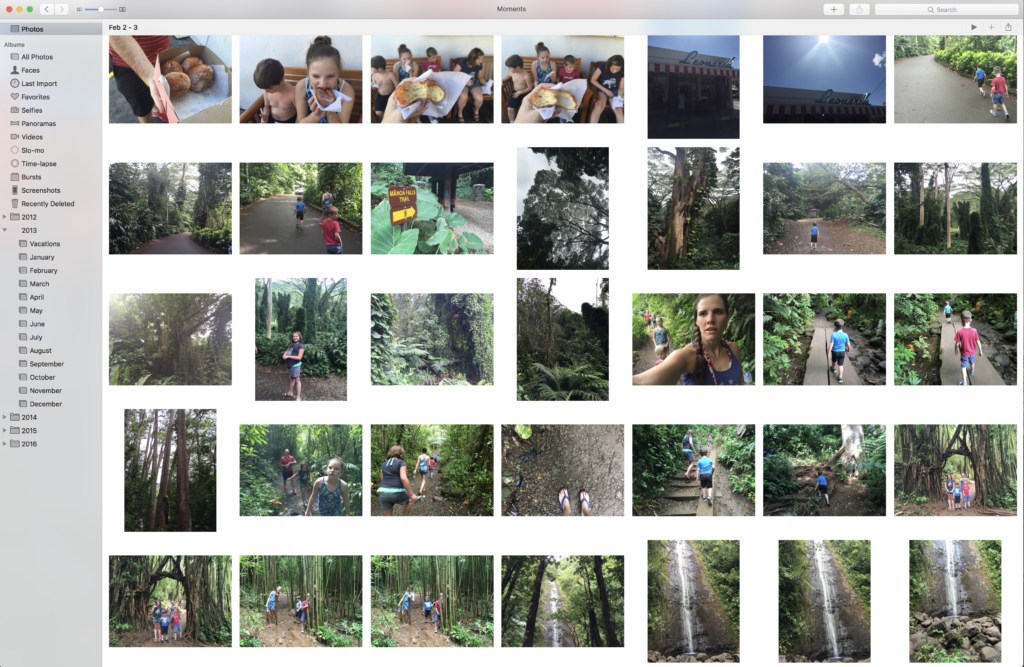
You can even organize your photos just by year, but the way I’m printing them, it makes more sense to have them split out by month as well (easier to sort and choose a smaller amount of photos when I go month by month as I’m catching up on years past).
Bottom line–there are a lot of different methods and systems you can use for organizing. Pick one, and do it.
MISTAKE NUMBER SEVEN. Not printing ANYthing.
Have you heard the phrase “Don’t let your kids grow up to be jpegs?” No idea who came up with that, but it makes me laugh and it’s so applicable to the current generation. All these jpegs and no one is seeing them.
If we follow the above steps, be more thoughtful about what photos we’re taking and why, delete as we go, and organize the photos, moving into a system of printing gets a heck of a lot easier.
I love this video about the dreadlock dad who scrapbooks. Printing photos and having an actual physical copy of them forces us to emotionally engage with those memories. It’s different than just seeing them digitally. Physical photos matter.
I read an article called The Family Stories That Bind Us. The question:“What is the secret sauce that holds a family together? What are the ingredients that make some families effective, resilient, happy?”
The answer: “The bottom line: if you want a happier family, create, refine and retell the story of your family’s positive moments and your ability to bounce back from the difficult ones. That act alone may increase the odds that your family will thrive for many generations to come.”
Research shows that family’s stick together better if they know the stories of their family. Their current family and their family from previous generations. One incredibly effective way to do this is through photos.
I could go on and on and on about the benefits of printing photos. But for now, let’s talk about a few things we learn while going through the process or sorting through photos, picking ones to print, and printing them: 1. We see what and who we aren’t photographing enough. 2. We discover the stories we’re missing–the every day moments we haven’t photographed along the way. 3. We get more intentional about the photos we take and the stories we preserve–the every day details we want to remember and show to future generations.
Again, begin with the end in mind. Thirty years from now, what’s the story you want told? What do you want to leave behind? What do you want people to be able to hold and feel and see? What stories do you want your kids and grandkids to know? What ones will matter?
Start somewhere. I don’t know when a regular old traditional photo album stopped being enough for people, but if that’s where you feel you can start, start there. Print off some 4×6 photos and stick them in an album.
If you want something a little “fancier” where you can journal and spice things up a bit but is still suuuuuuper simple, try Project Life OR my personal favorite, the Project Life App.
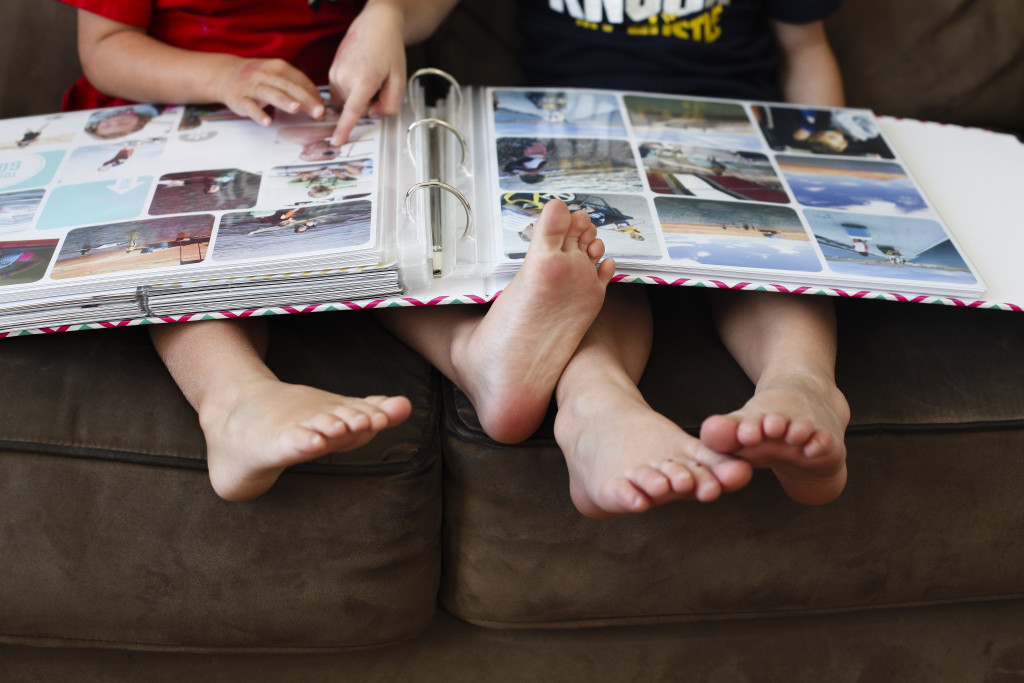
Make a photo book at one of the dozens and dozens of places that do them. Print off your Instagram photos using Chatbooks.
Start with something that gets you excited. A vacation you went on. A baby album. The past year. Whatever it is that will get you excited about printing and sharing your photos, start there. Then do another one. And another.
If you plan to print year-by-year, start where you are, then work your way backwards. Soon enough, with a commitment to stick with it, you’ll be busting out albums that your family can actually enjoy and engage with.
If you don’t know where to print your photos, read this article: Where should I print my pictures?
Keep your “WHY” in mind. Keep your “End” in mind. And just start.
Are YOU making any of these mistakes? Try some of these tips and see if you can turn the overwhelm into a much more enjoyable emotion.
And if you aren’t backing up your photos or aren’t sure you’re doing all the right steps to make SURE you don’t lose anything, PLEASE download the free Back Up Your Photos PDF. Just enter your name and e-mail and I’ll send it over to you!


